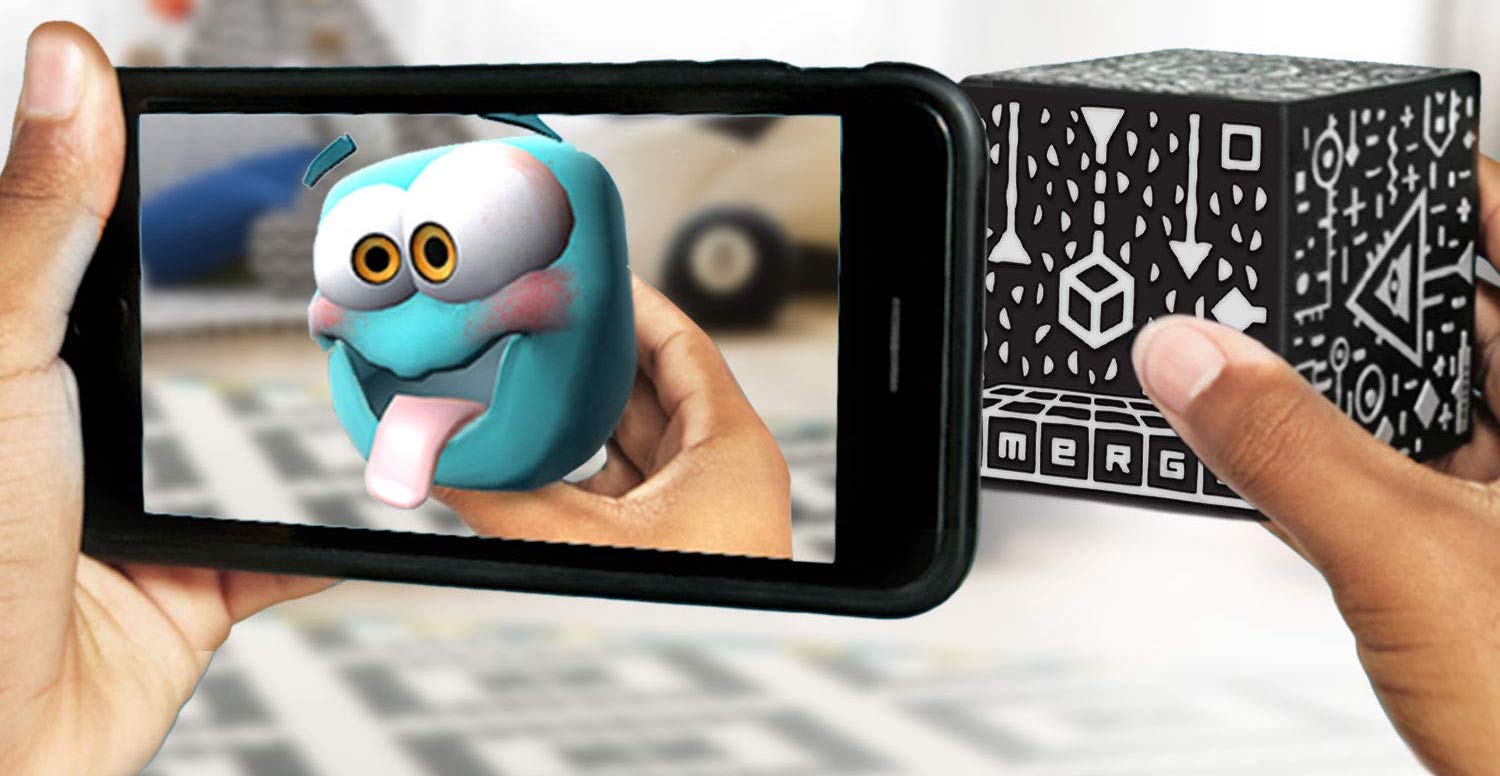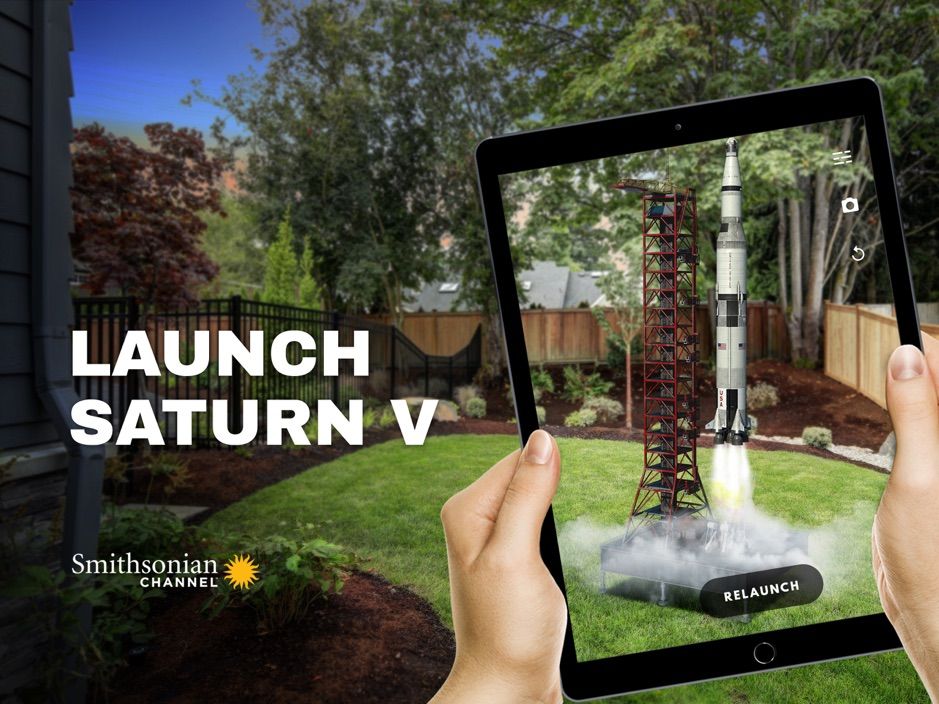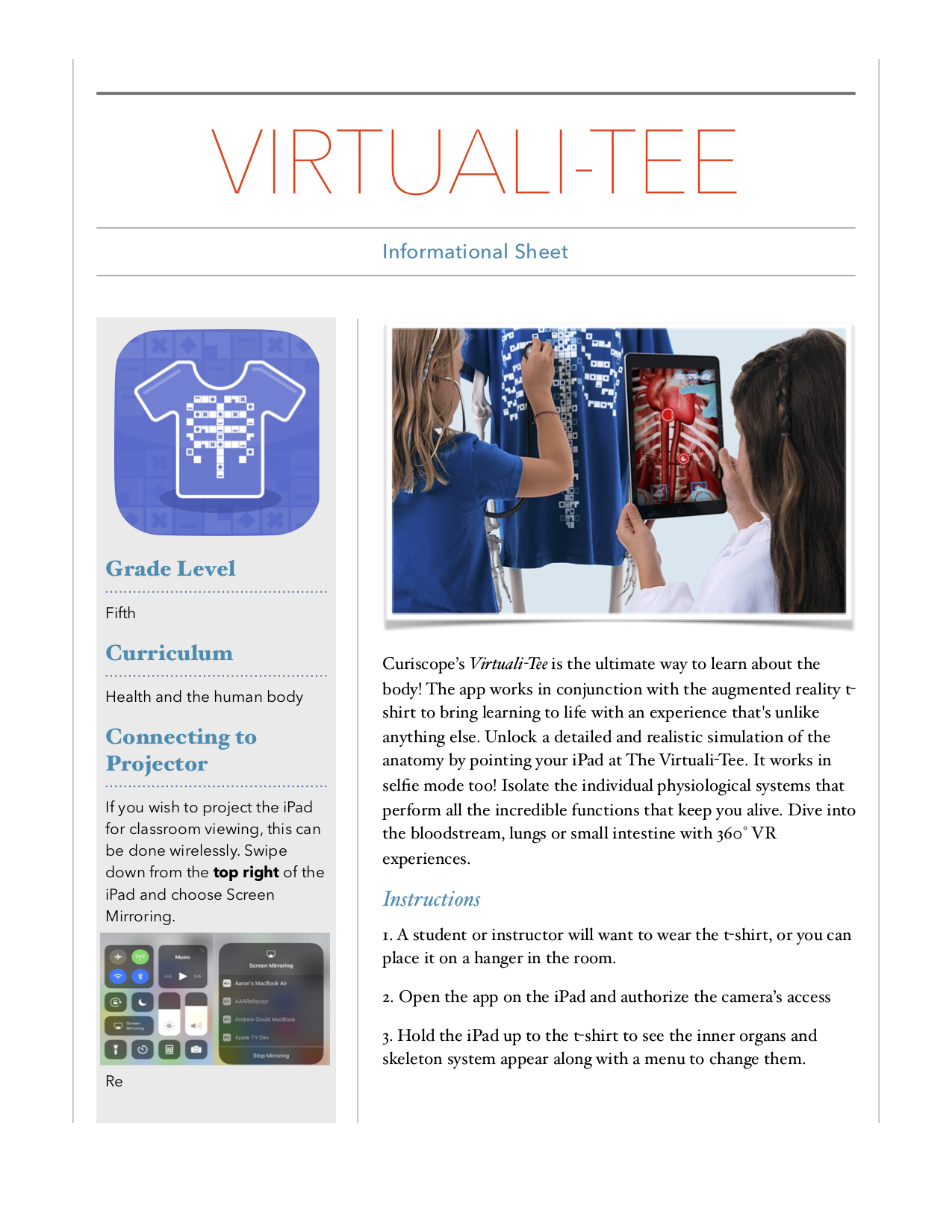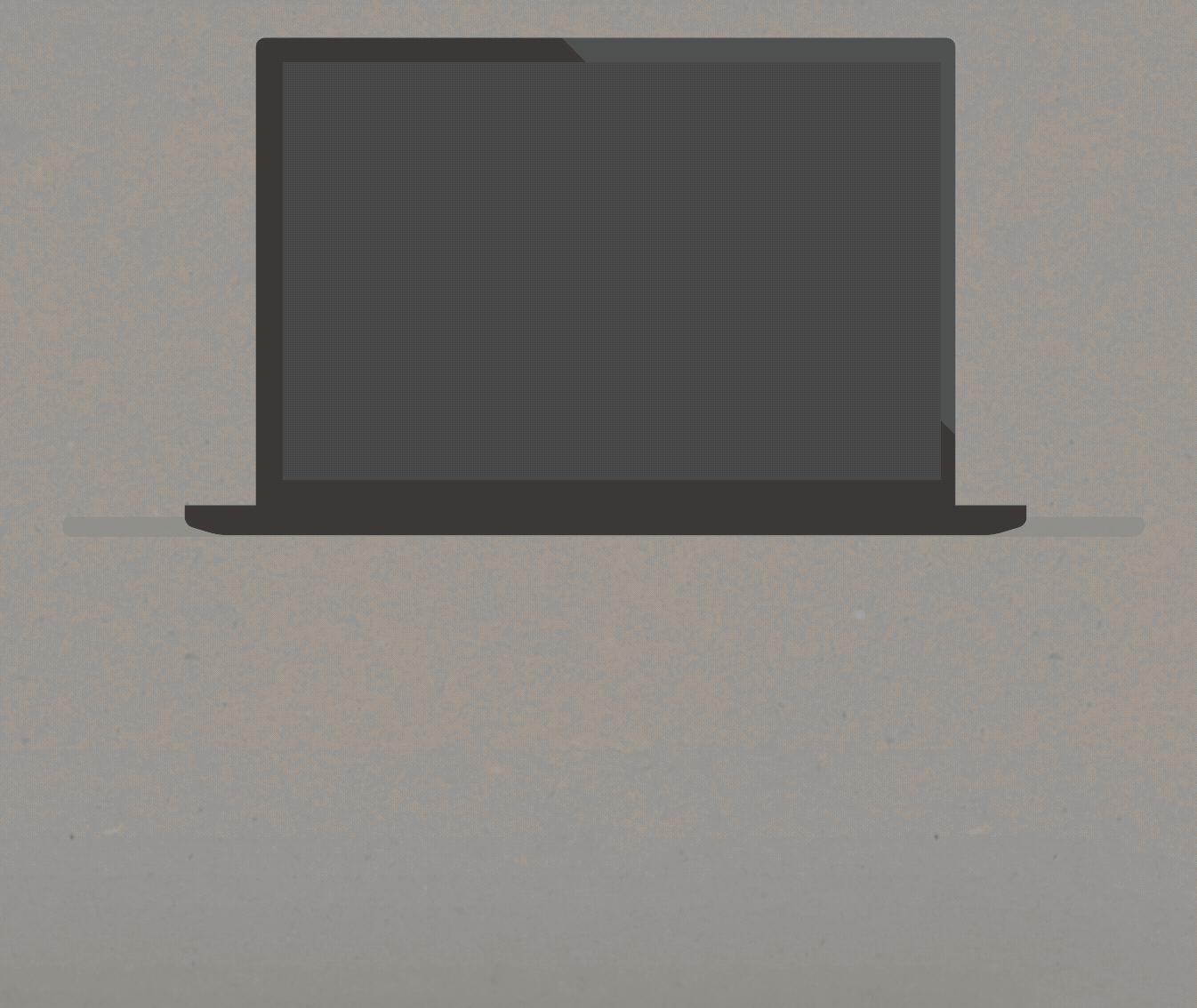Bringing Augment Reality to Fredericksburg Academy

One of the coolest developments of Reclaim Hosting running our own coworking space in Fredericksburg has been how we can connect in interest ways with people that cross our paths. Last year I had an eye to get a 3D printer and build out some semblance of a makerspace (that's still a work in progress that may have become more arcade repair than anything else, but don't judge me) and I immediately invited George Meadows over to reconnect on all the great stuff we had done at UMW and how we might collaborate on stuff in the future. Watching intently was a "coworker" in our space that is a federal grant writer for a living and whose daughter attends Fredericksburg Academy, a local private school. She grabbed me afterwards and said "the stuff you all are doing is really great and I think you've got something that we could bring to FA as a potential project."
We grouped up with several of the folks at FA and started thinking about what a grant project could look like and around the same time the federal government shut down along with all grant funding for the rest of the year. The decision was made for us to develop a pilot program that was cheap enough that we could do in house with our own resources and an eye towards proving what was possible as well as getting our sea legs of working together as a group consisting of K12, Higher Ed, and Corporate in partnership. The project would center around STEAM learning through the use of augmented reality in the classroom and last for one year.
If the term augmented reality is new to you, the basic idea is that you are using the camera of devices like phones and tablets to bring physical objects to life with virtual content. Just one of many examples is an iOS app developed by the Smithsonian that lets you put the Apollo rocket in your living room or back yard and watch the launch of it.

We worked to gather many examples and match them to specific curriculum at FA. As part of the initial development and training I put together "One-pagers" for each application that identified the app that would be used, which grade level it was appropriate for, the curriculum it was matched to, along with descriptions, images, and instructions. Here's an example for an app called Virtuali-Tee that integrates a shirt that has a trippy design on it with an app that will bring it to life and allow you to interact with the anatomy within.

The school had a set of iPads they loaded all the apps on and they ended up buying AirServer licenses for every instructors laptop which was a great way for us to project the activities without having to use expensive Apple TVs. AirServer is a cheap program (edu licenses are $12 and even less in bulk, commercial is just $20) that runs on Mac or Windows and basically turns your computer into a screen that you can Airplay or Cast to, allow you to present wirelessly from an iPhone or iPad.

Today we met with all of the teachers and got to show them all the fun things they could do in their classroom. It was a morning filled with the chance to play and experiment. We encouraged them to see what works and what doesn't and provide that feedback during the project to make it better. The working theory is that of course adding these elements to existing curriculum can engage students that might find worksheets and books less interesting so it will be cool to look at the data and see if that holds up. What I said this morning and truly believe is that we aren't doing this to hold up technology for technology's sake, but that I believe this stuff has the ability to enhance learning and engage students. As the project progresses we will learn where improvements can be made and already we have folks clamoring for the "next level" of this which turns the students into creators of the content, building their own augmented reality items and inserting them into virtual worlds (AR/VR).
For me the really thrilling part of this project is getting the opportunity to get back to some OG Instructional Technology alongside George Meadows and the faculty at Fredericksburg Academy. Seeing the eyes of instructors light up as you show them what's possible is the strongest injection of motivation and excitement I've had in awhile and a highlight of my week. I'm very much looking forward to what's next!
Comments powered by Talkyard.